Home>Articles>How To Store Coconut Milk After Opening The Can
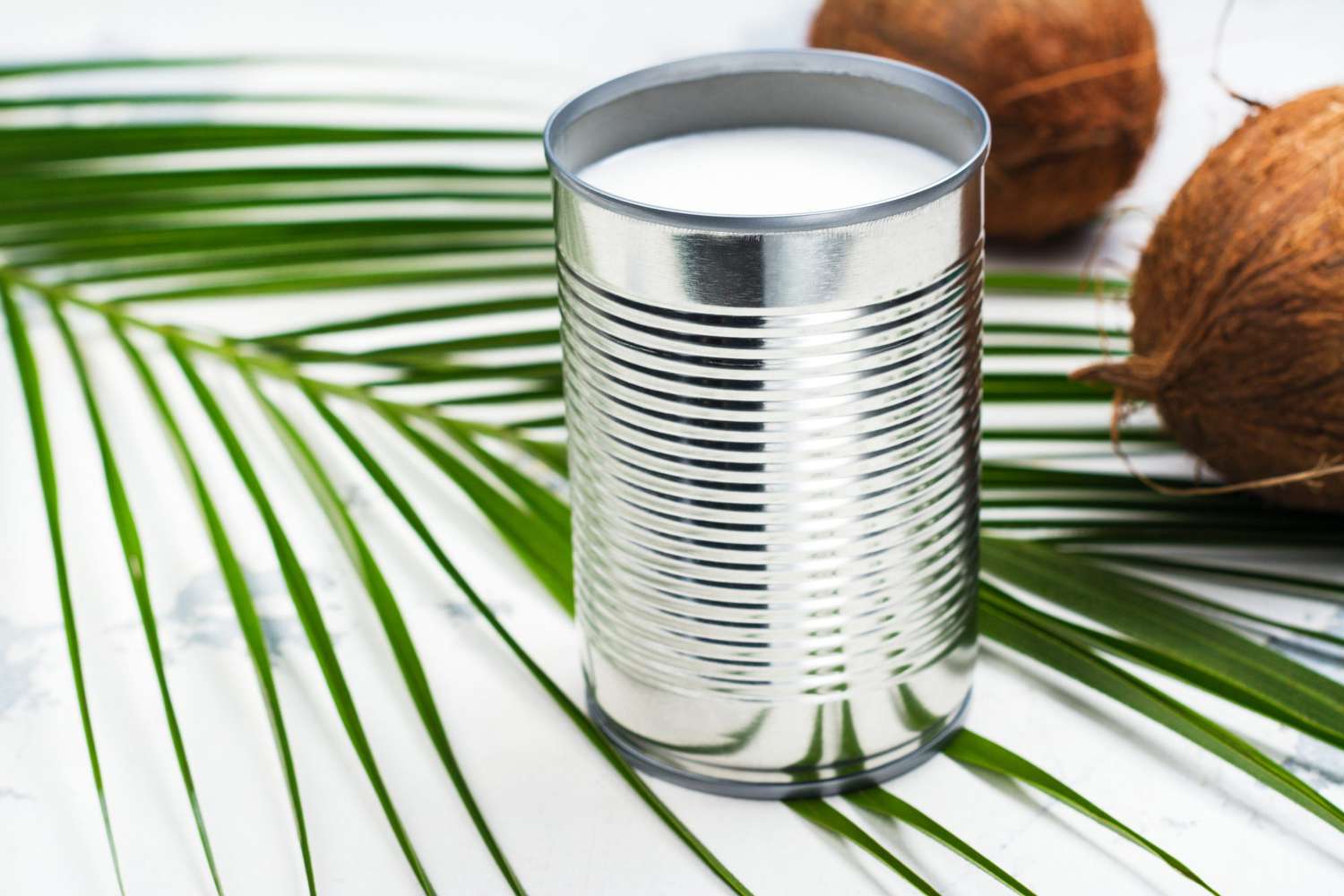

Articles
How To Store Coconut Milk After Opening The Can
Modified: March 23, 2024
Learn how to store coconut milk after opening the can with these helpful articles. Keep your coconut milk fresh and flavorful for longer.
(Many of the links in this article redirect to a specific reviewed product. Your purchase of these products through affiliate links helps to generate commission for Storables.com, at no extra cost. Learn more)
Introduction
Coconut milk is a versatile ingredient that adds creamy texture and rich flavor to a wide range of dishes. Whether you’re using it in curries, smoothies, or desserts, proper storage is essential to maintain its freshness and quality. In this article, we will dive into the world of coconut milk and explore why storing it correctly is crucial. We will also provide you with a step-by-step guide on how to store coconut milk after opening the can, along with some useful tips to extend its shelf life.
Coconut milk is derived from the flesh of mature coconuts. The process involves blending the grated meat with water and then straining it to extract the liquid. Unlike coconut water, which is the clear liquid found inside young, green coconuts, coconut milk is thick and creamy, akin to dairy milk. It is a popular ingredient in many traditional dishes from Southeast Asia, the Caribbean, and other tropical regions.
One of the key reasons coconut milk has gained immense popularity is its unique combination of flavor and nutritional benefits. It adds a distinct tropical taste to recipes, with hints of sweetness and nuttiness. Additionally, coconut milk is naturally dairy-free, making it an excellent alternative for individuals with lactose intolerance or those following a vegan or plant-based diet.
Now, while coconut milk does come in a convenient can, it’s important to note that once opened, it should be properly stored to maintain its freshness and prevent spoilage. This is because coconut milk, like any other dairy or plant-based milk, is susceptible to microbial growth and oxidation when exposed to air and higher temperatures.
The following sections will guide you through the step-by-step process of storing coconut milk after opening the can. By following these simple procedures, you can prolong the shelf life of your coconut milk and ensure that it remains safe and delicious for future use.
Key Takeaways:
- Proper storage of coconut milk is crucial to maintain its freshness, flavor, and nutritional benefits. Transfer opened coconut milk to an airtight container, refrigerate promptly, and use within 4-5 days for optimal quality.
- To extend the shelf life of coconut milk, consider freezing it in smaller portions for easy use. Thaw frozen coconut milk in the refrigerator and give it a good shake before using to maintain its creamy texture and flavor.
Understanding Coconut Milk
Coconut milk is a creamy liquid that is extracted from the grated flesh of mature coconuts. It is made by combining the grated coconut meat with water and then straining the mixture to obtain the liquid. The thickness and consistency of coconut milk can vary depending on the ratio of coconut meat to water used in the extraction process.
Coconut milk is known for its rich flavor and creamy texture, which makes it a popular ingredient in a wide range of cuisines around the world. It is a staple ingredient in many Southeast Asian, Caribbean, and Indian dishes, where it adds depth and complexity to curries, soups, desserts, and beverages.
Aside from its delicious taste, coconut milk also offers several nutritional benefits. It contains medium-chain triglycerides (MCTs), which are a type of healthy fat that can boost energy levels and promote weight loss. Coconut milk is also a good source of essential minerals like magnesium, potassium, and copper.
When purchasing coconut milk, you will find it in cans or cartons in most grocery stores. Canned coconut milk is more concentrated and has a higher fat content compared to the carton varieties, making it ideal for cooking and baking. On the other hand, carton coconut milk is typically lighter and is a popular choice for drinking or adding to smoothies.
It is important to note that there may be different types of coconut milk available, such as regular, light, or reduced-fat versions. Regular coconut milk contains the highest fat content, while light or reduced-fat coconut milk has a lower fat content due to dilution with water or other ingredients.
Before using coconut milk, it is advisable to give the can or carton a good shake to ensure that the contents are well-mixed. This will help distribute the thicker coconut cream that usually settles at the top. Once opened, coconut milk should be refrigerated and used within a few days to maintain its freshness and flavor.
Now that you have a better understanding of coconut milk’s origins, uses, and nutritional properties, let’s move on to the importance of proper storage and the steps you need to follow to store coconut milk after opening the can.
Why Proper Storage is Important
Proper storage of coconut milk is essential to maintain its quality, flavor, and nutritional properties. When coconut milk is exposed to air and higher temperatures, it becomes susceptible to spoilage, microbial growth, and oxidation.
Here are a few reasons why proper storage is important:
1. Preservation of Freshness: Coconut milk, like any other perishable food item, can spoil if not stored properly. By ensuring that it is sealed tightly and kept at the right temperature, you can extend its freshness and prevent it from going bad prematurely.
2. Preventing Contamination: When coconut milk is exposed to air, it creates a favorable environment for bacteria and other microorganisms to grow. This can lead to foodborne illnesses and result in an unpleasant taste and smell.
3. Maintaining Flavor and Texture: Improper storage can cause coconut milk to separate, with the cream rising to the top and the watery liquid settling at the bottom. This separation can affect the consistency and taste of the coconut milk when you use it in recipes.
4. Retaining Nutritional Value: Coconut milk contains important nutrients, such as healthy fats and minerals. To maximize the nutritional benefits, proper storage is crucial. Exposure to air and heat can result in nutrient degradation, reducing the overall quality of the coconut milk.
5. Cost and Waste Reduction: By storing coconut milk properly, you reduce the chances of spoilage and waste. This not only saves you money but also contributes to sustainable consumption practices.
Now that you understand why proper storage is important, let’s dive into the steps you can follow to store coconut milk after opening the can.
Store opened coconut milk in an airtight container in the refrigerator for up to 4-5 days. Shake well before using. If not using within that time, freeze in ice cube trays for convenient portions.
Steps to Store Coconut Milk After Opening Can
Proper storage of coconut milk after opening the can is crucial to maintain its freshness and prevent spoilage. By following these simple steps, you can ensure that your coconut milk remains tasty and safe for future use:
Step 1: Transfer the coconut milk to an airtight container
Once you have opened the can of coconut milk, it is essential to transfer the remaining contents to an airtight container. This helps to eliminate any potential exposure to air, which can accelerate spoilage. Choose a container that is clean and made of glass or BPA-free plastic, ensuring that it has a tight-fitting lid.
Step 2: Label the container with the date of opening
To keep track of the freshness of your coconut milk, it is advisable to label the container with the date of opening. This will help you determine when it should be used or discarded, as coconut milk has a limited shelf life even when stored properly.
Step 3: Refrigerate the coconut milk
After transferring the coconut milk to an airtight container and labeling it, place the container in the refrigerator. Coconut milk should be refrigerated immediately after opening to slow down the growth of bacteria and preserve its quality. The refrigerator temperature should be set at around 40°F (4°C) to keep the coconut milk fresh and safe.
Step 4: Use or discard within 4-5 days
It is important to consume or use the refrigerated coconut milk within 4-5 days of opening the can. This timeframe ensures that the coconut milk remains fresh and doesn’t risk bacterial growth. Beyond this period, the quality and taste may deteriorate, making it best to discard the coconut milk to maintain food safety.
By following these steps, you can store your coconut milk properly and extend its shelf life. However, if you have a larger quantity of coconut milk that you won’t be able to use within a few days, freezing it is a great option to consider. Let’s explore some tips for storing coconut milk for longer shelf life.
Tips for Storing Coconut Milk
Coconut milk can be stored for extended periods by following these simple tips. These methods will help you maintain the quality and taste of the coconut milk for longer durations:
Tip 1: Freeze coconut milk for longer shelf life
Freezing coconut milk is an excellent way to extend its shelf life. By keeping it in the freezer, you can preserve the freshness and quality of the coconut milk for up to 2-3 months. Freezing suspends the growth of bacteria and prevents spoilage, allowing you to have coconut milk on hand whenever you need it.
To freeze coconut milk, transfer the remaining contents to a freezer-safe container, leaving a little space at the top to account for any expansion. Make sure the container is airtight to prevent freezer burn. Label the container with the date of freezing for future reference.
Tip 2: Portion coconut milk before freezing for easy use
Portioning the coconut milk before freezing is a convenient strategy to ensure easy use in your recipes. Freezing the entire container may force you to thaw more than needed, leading to potential waste. By dividing the coconut milk into smaller portions, you can thaw only what you require for a particular dish.
You can use ice cube trays or small freezer bags to create individual portions. Pour the coconut milk into the trays or bags and freeze until solid. Once frozen, transfer the coconut milk cubes or bags to a freezer-safe container or bag for long-term storage.
Tip 3: Thaw frozen coconut milk before using
When you’re ready to use the frozen coconut milk, it is important to thaw it properly to preserve its texture and consistency. Thawing it in the refrigerator is the best method as it allows for a gradual thaw, ensuring the quality of the coconut milk. Simply transfer the frozen portions from the freezer to the refrigerator and let them thaw overnight.
Once thawed, give the coconut milk a good shake or stir before using it in your recipes. Remember that thawed coconut milk may have a slightly altered texture, but it is still perfectly suitable for cooking and baking.
By following these tips, you can maximize the shelf life of your coconut milk and minimize waste. Whether you choose to refrigerate or freeze the coconut milk, these methods will help you maintain its freshness and ensure that you always have this versatile ingredient available for your culinary creations.
Now that we have explored the steps to store coconut milk and some useful tips, let’s conclude our article.
Read more: How To Store Opened Can Of Coconut Milk
Conclusion
Proper storage of coconut milk is essential to maintain its freshness, quality, and flavor. Whether you have opened a can of coconut milk and need to store the remaining contents or you have a surplus of coconut milk that you want to preserve, following the right storage techniques is crucial.
After opening a can of coconut milk, transfer the remaining contents to an airtight container, label it with the date of opening, and refrigerate it promptly. This will help prolong its shelf life and prevent spoilage. Remember to use or discard the refrigerated coconut milk within 4-5 days to ensure food safety.
If you have an excess amount of coconut milk that you won’t be able to use within a few days, freezing it is a great option. Portion the coconut milk into smaller containers or ice cube trays before freezing for easy use and proper portion control. Thaw frozen coconut milk in the refrigerator before using, giving it a good shake or stir to ensure a consistent texture.
By following these storage tips, you can enjoy fresh and delicious coconut milk for an extended period, minimizing waste and maximizing its utility in various recipes.
Whether you’re using coconut milk in curries, smoothies, desserts, or any other culinary creations, proper storage practices ensure that you can always have the creamy goodness of coconut milk on hand whenever you need it. Experiment with different recipes and let your creativity shine as you incorporate coconut milk into your favorite dishes.
So, the next time you open a can of coconut milk, remember to store it correctly to preserve its freshness and flavor. With these storage techniques, you can continue to enjoy the tropical taste and nutritional benefits of coconut milk in all your culinary adventures.
Keep coconut milk fresh, and happy cooking!
Frequently Asked Questions about How To Store Coconut Milk After Opening The Can
Was this page helpful?
At Storables.com, we guarantee accurate and reliable information. Our content, validated by Expert Board Contributors, is crafted following stringent Editorial Policies. We're committed to providing you with well-researched, expert-backed insights for all your informational needs.
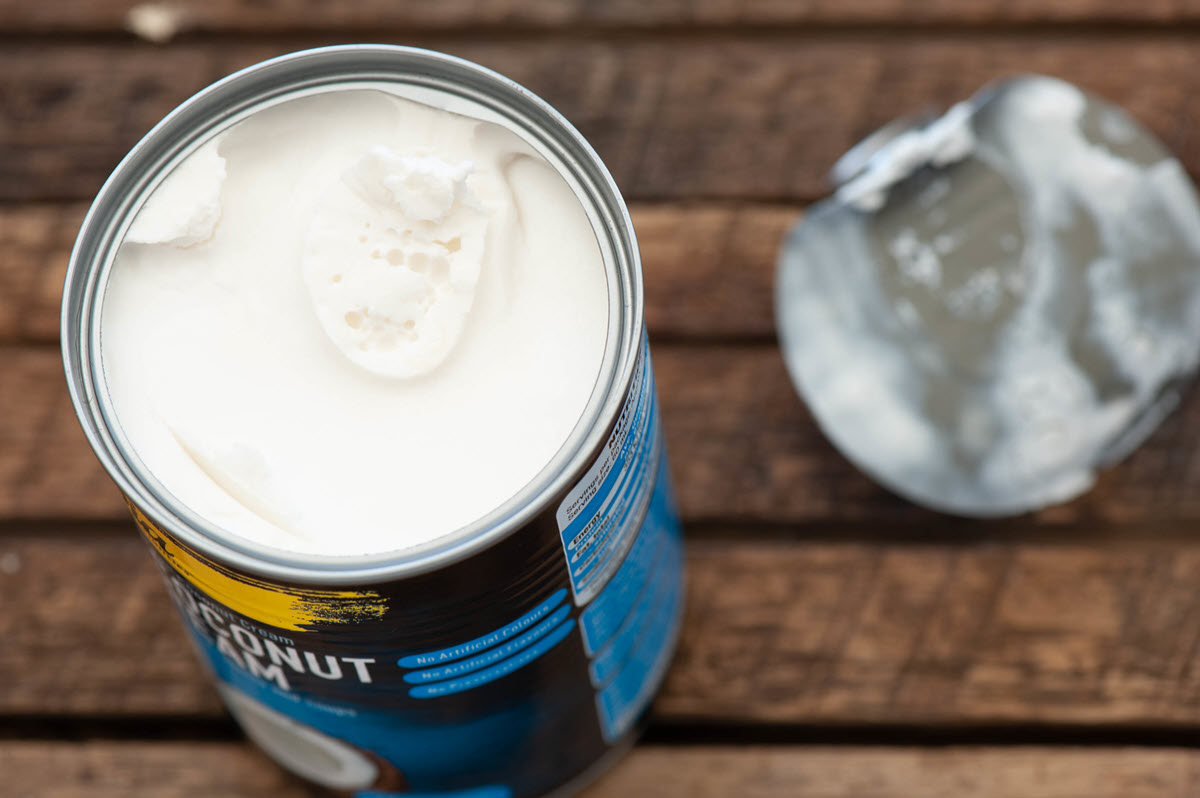
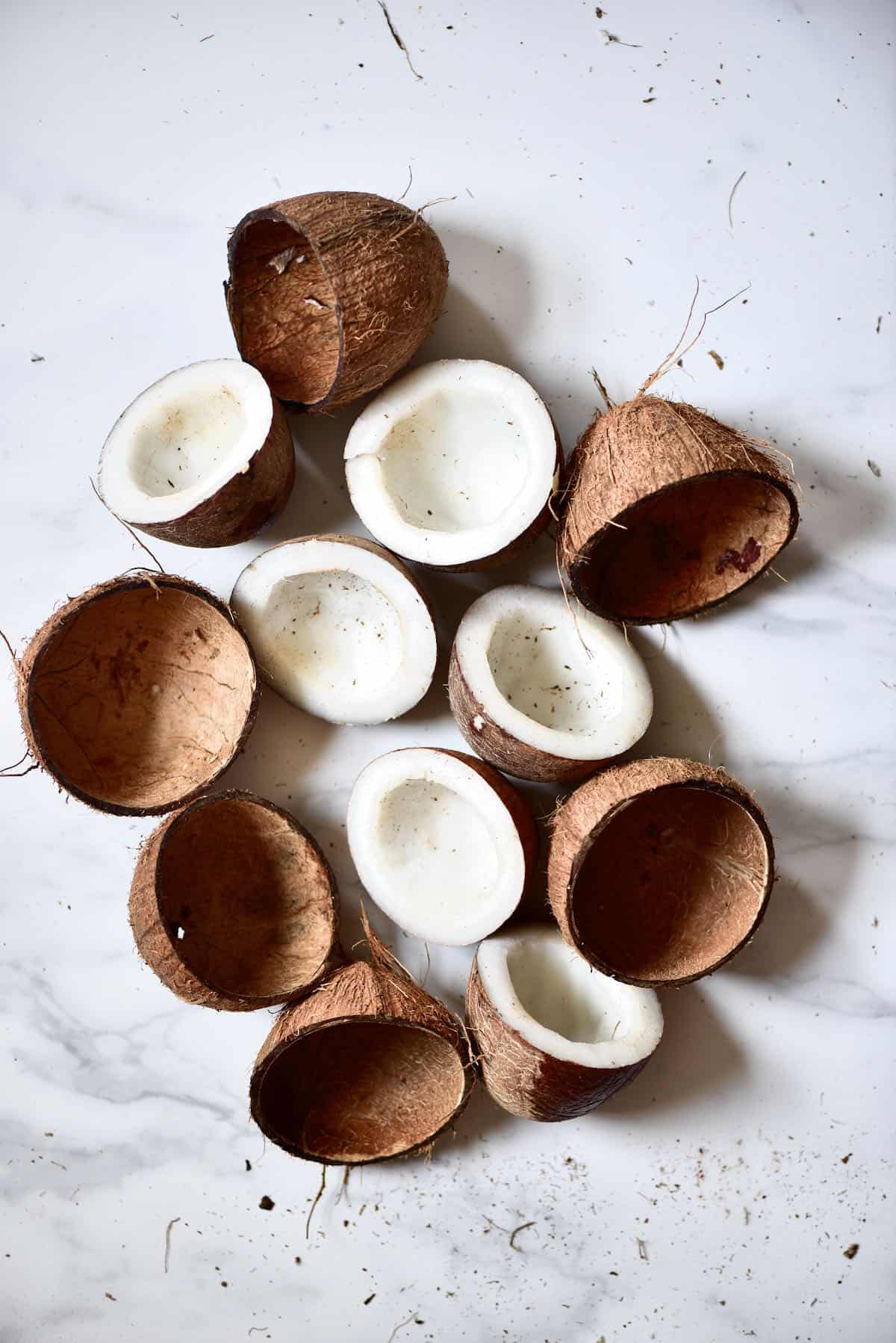
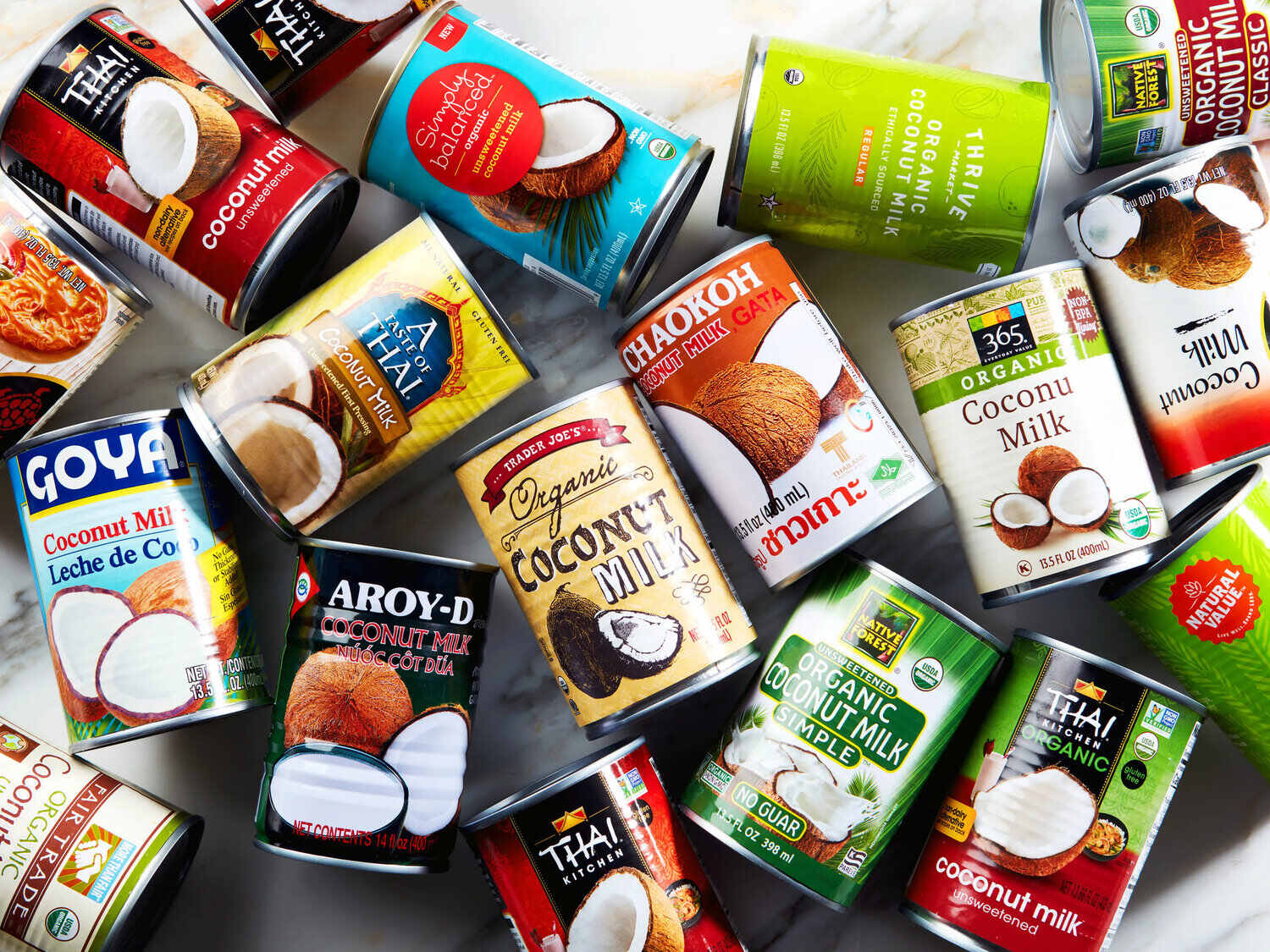
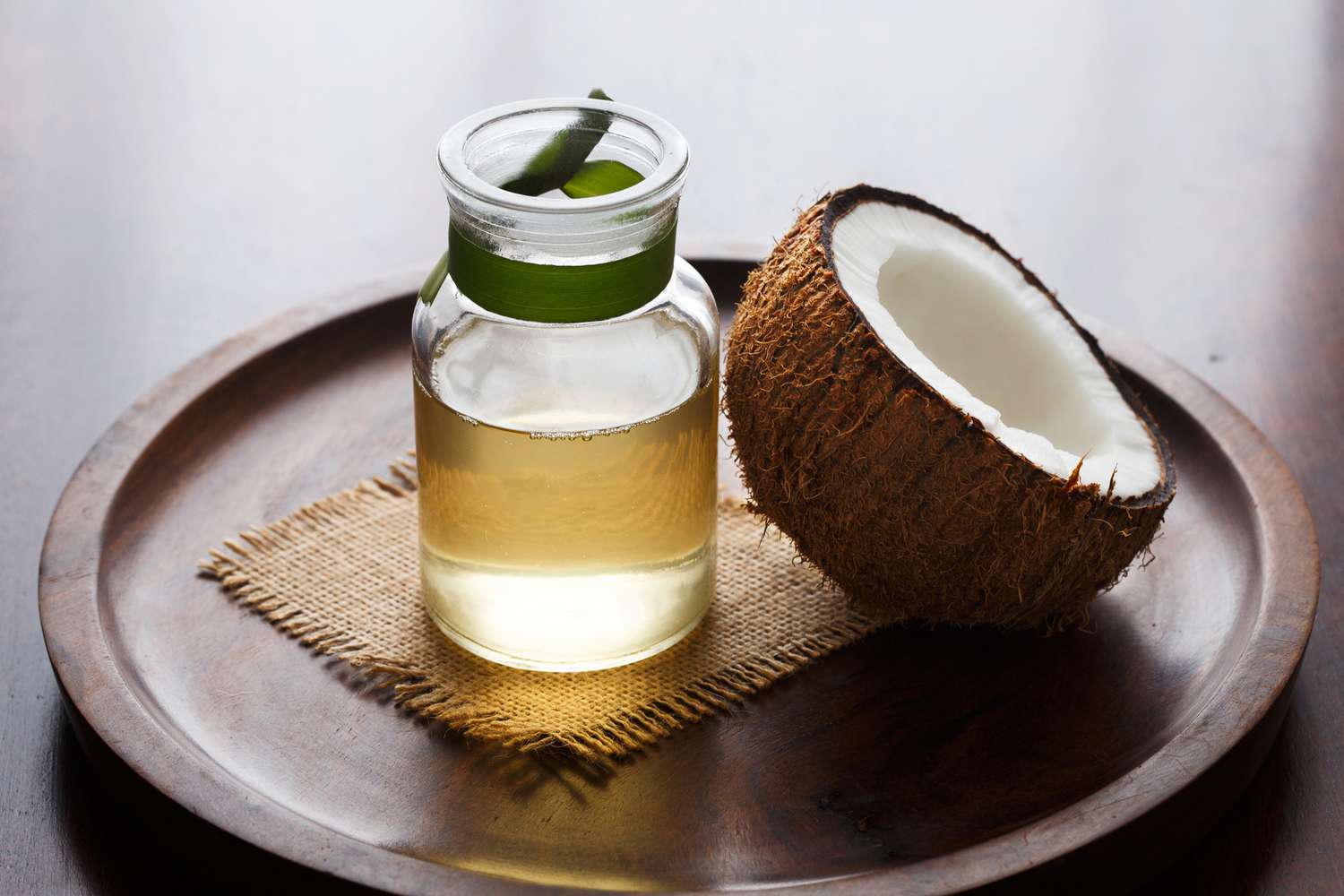
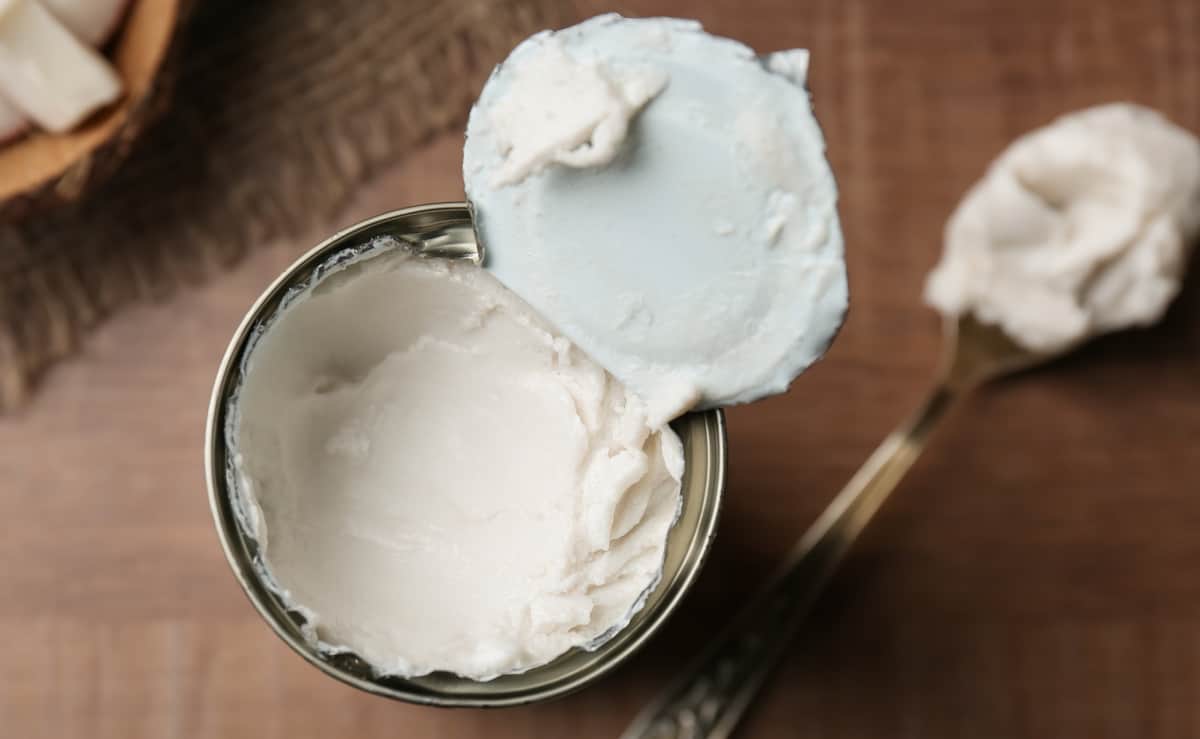
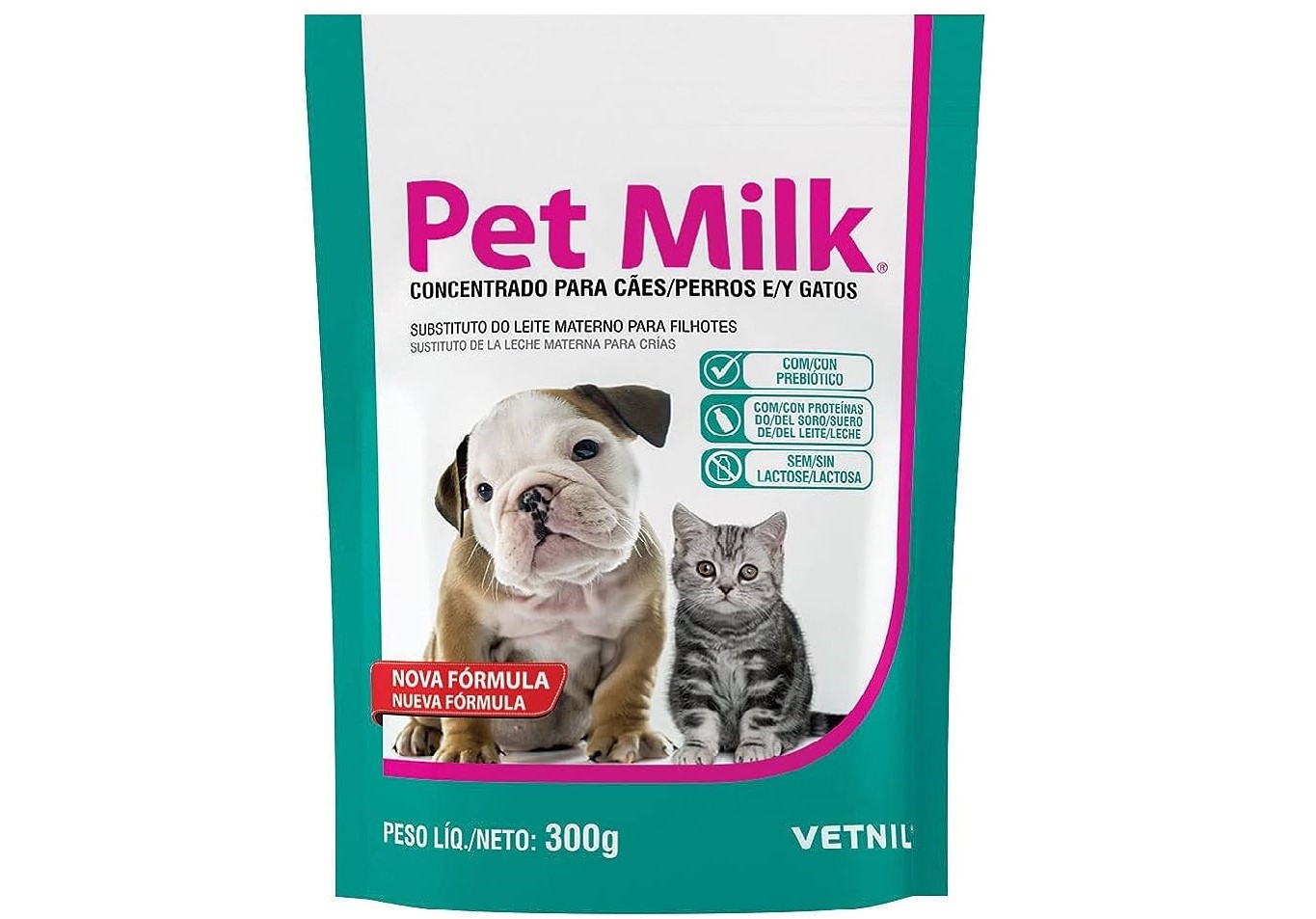
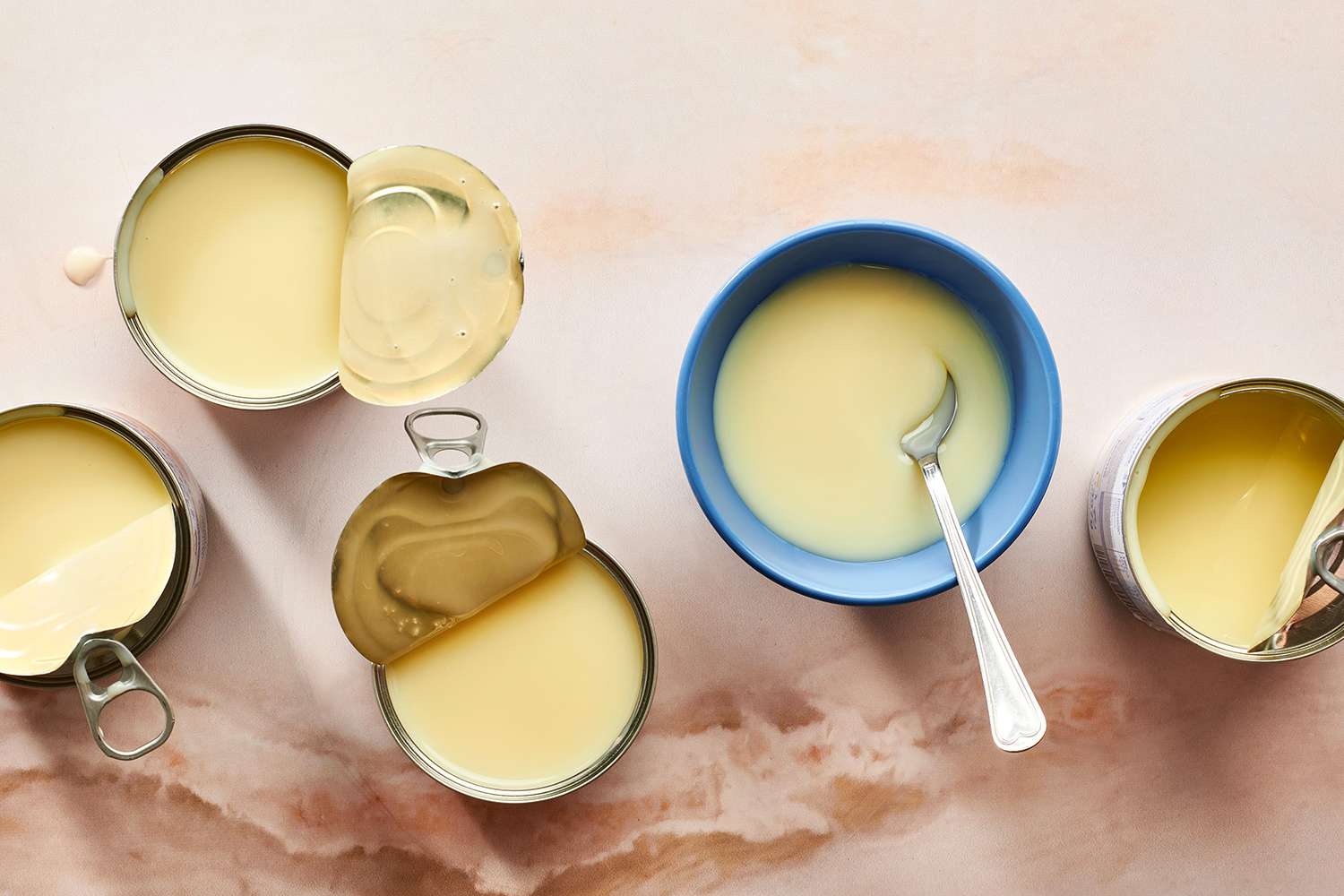
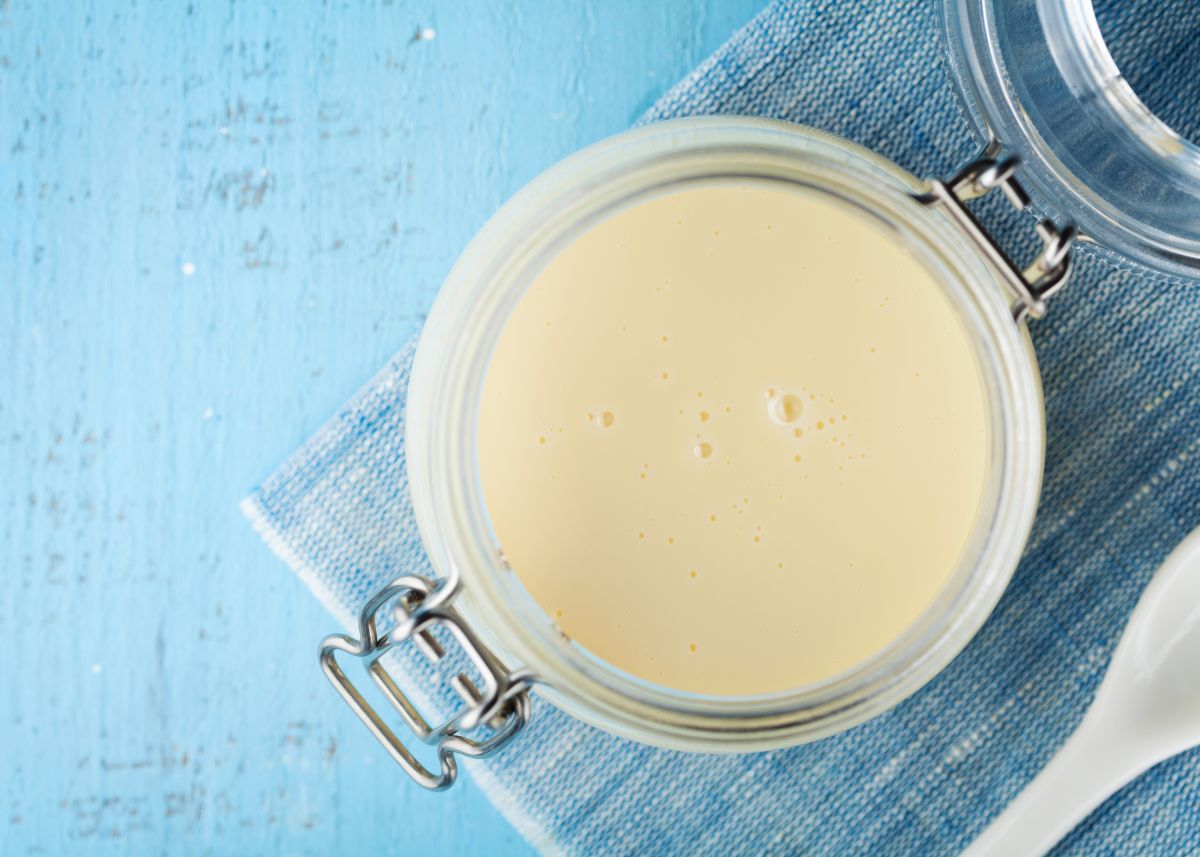
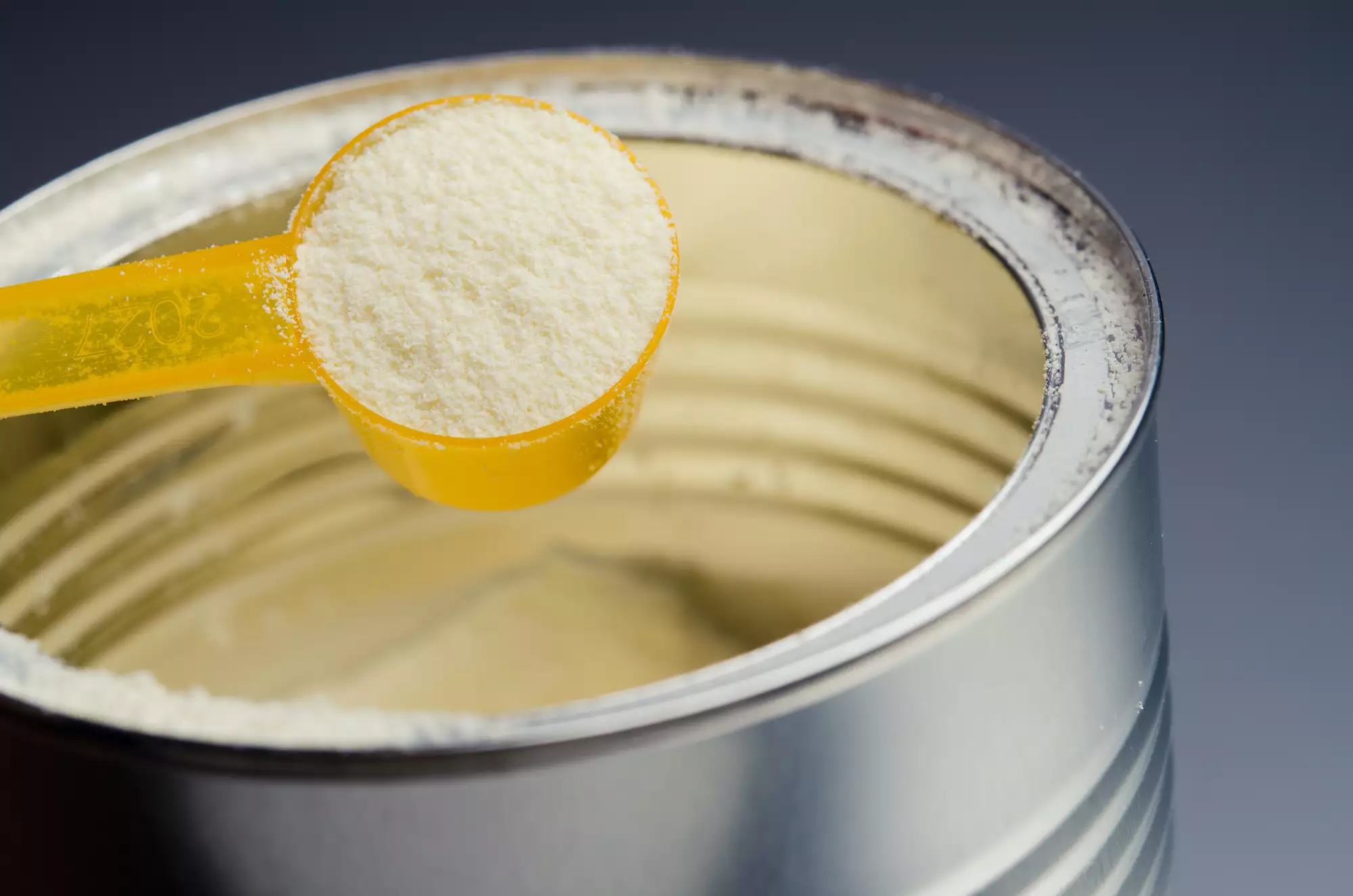
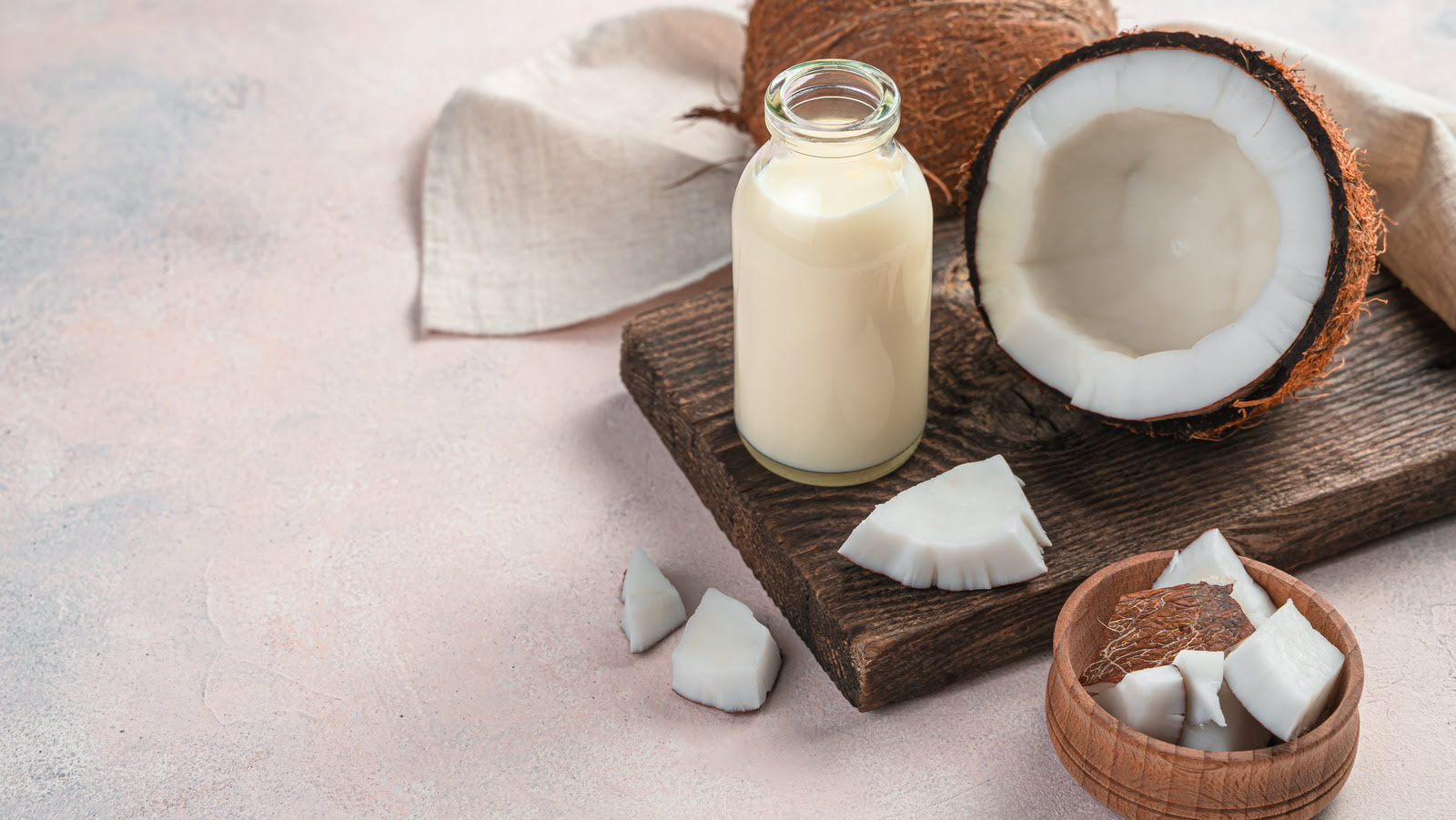
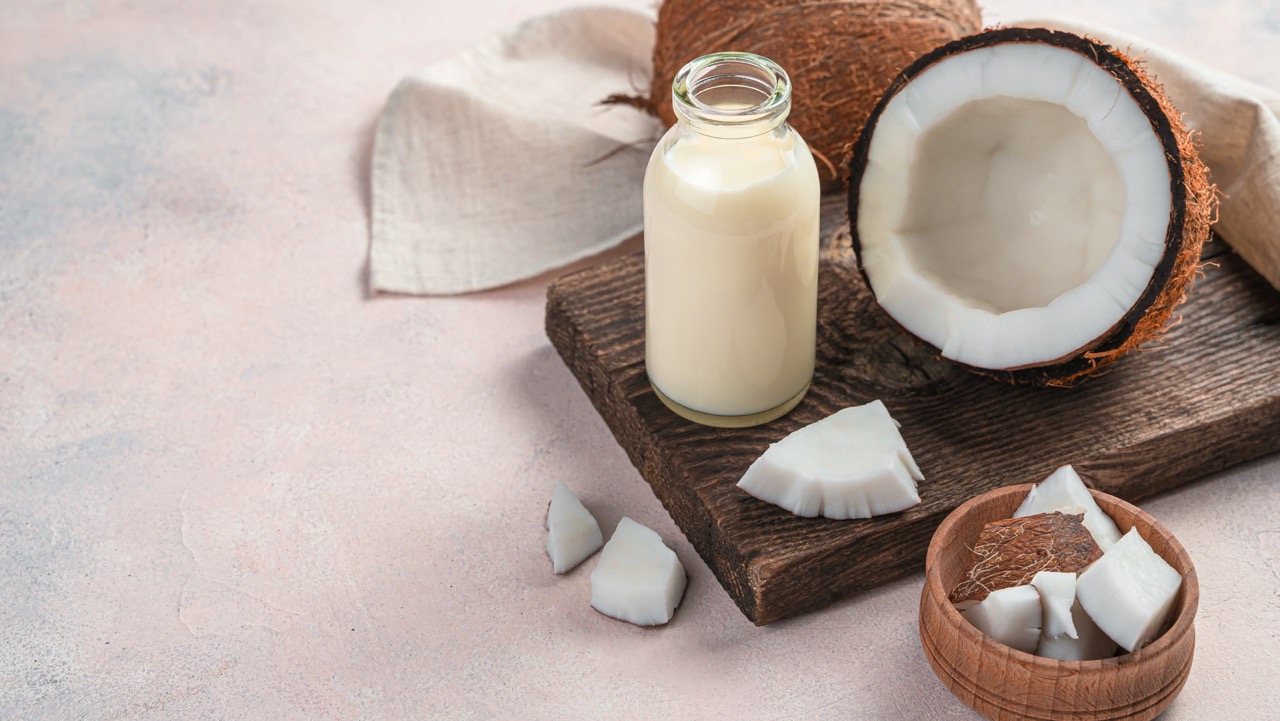
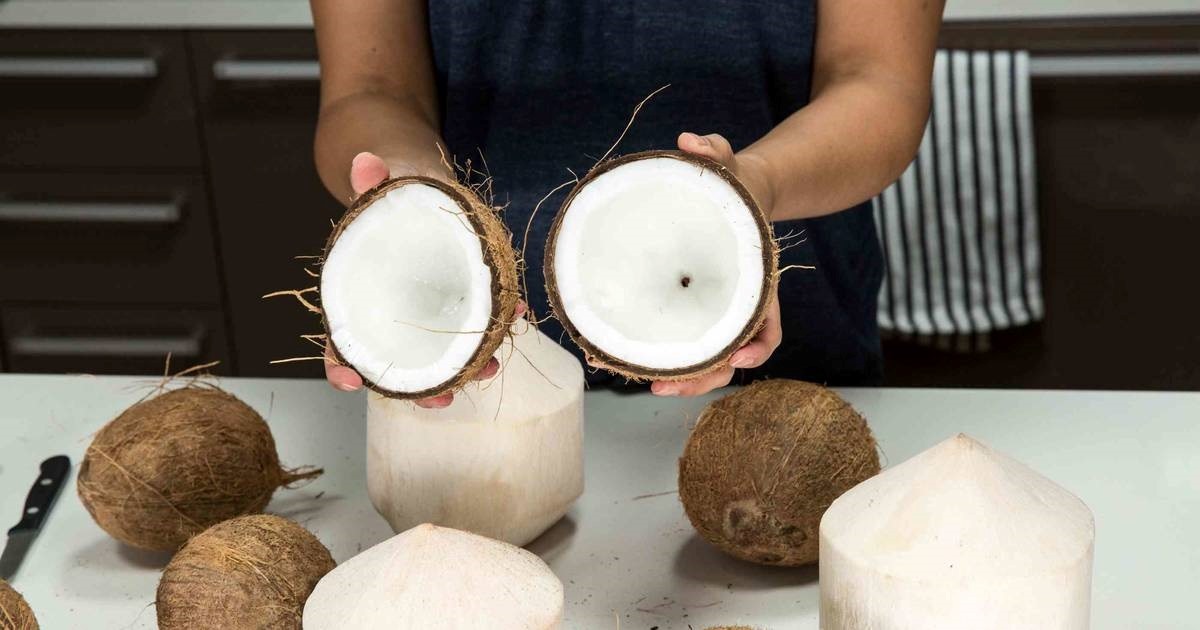
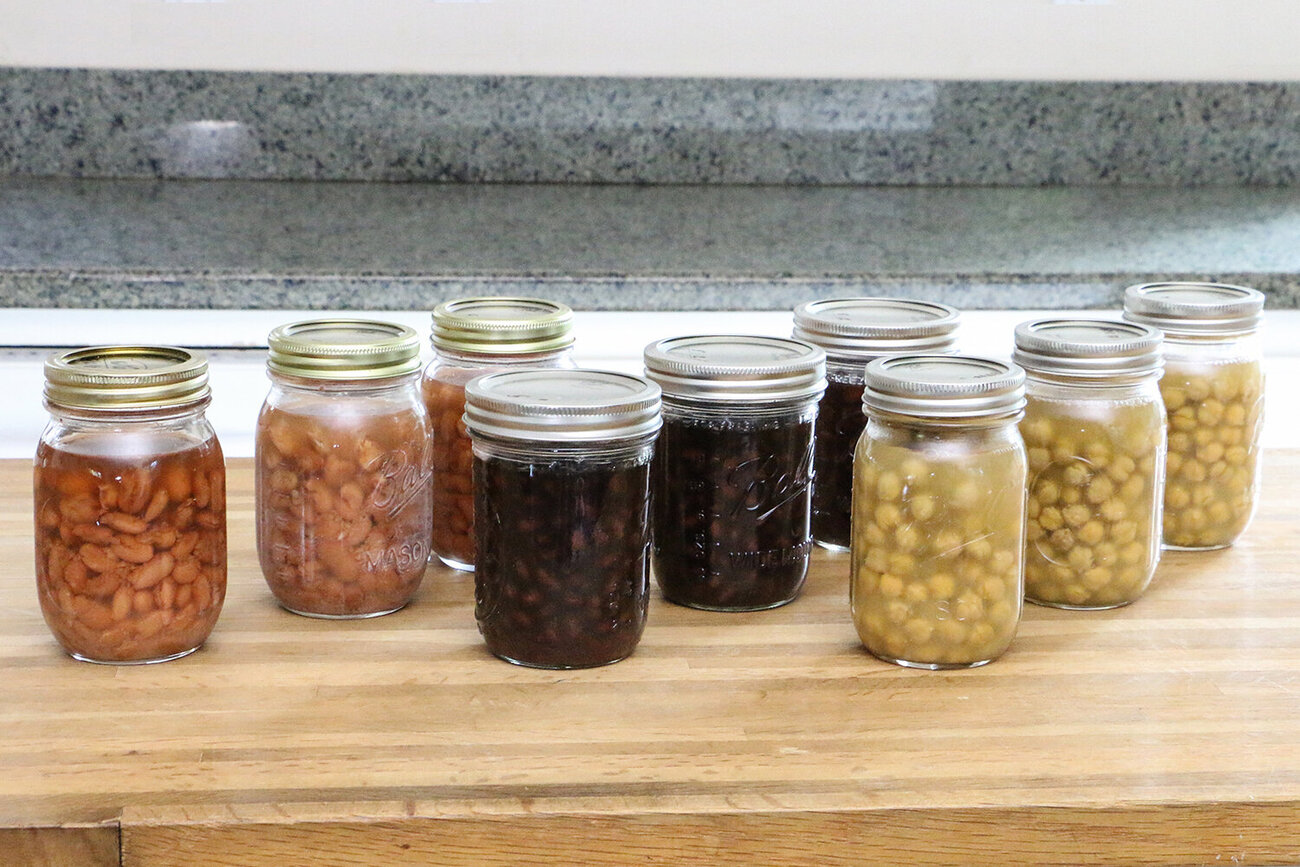
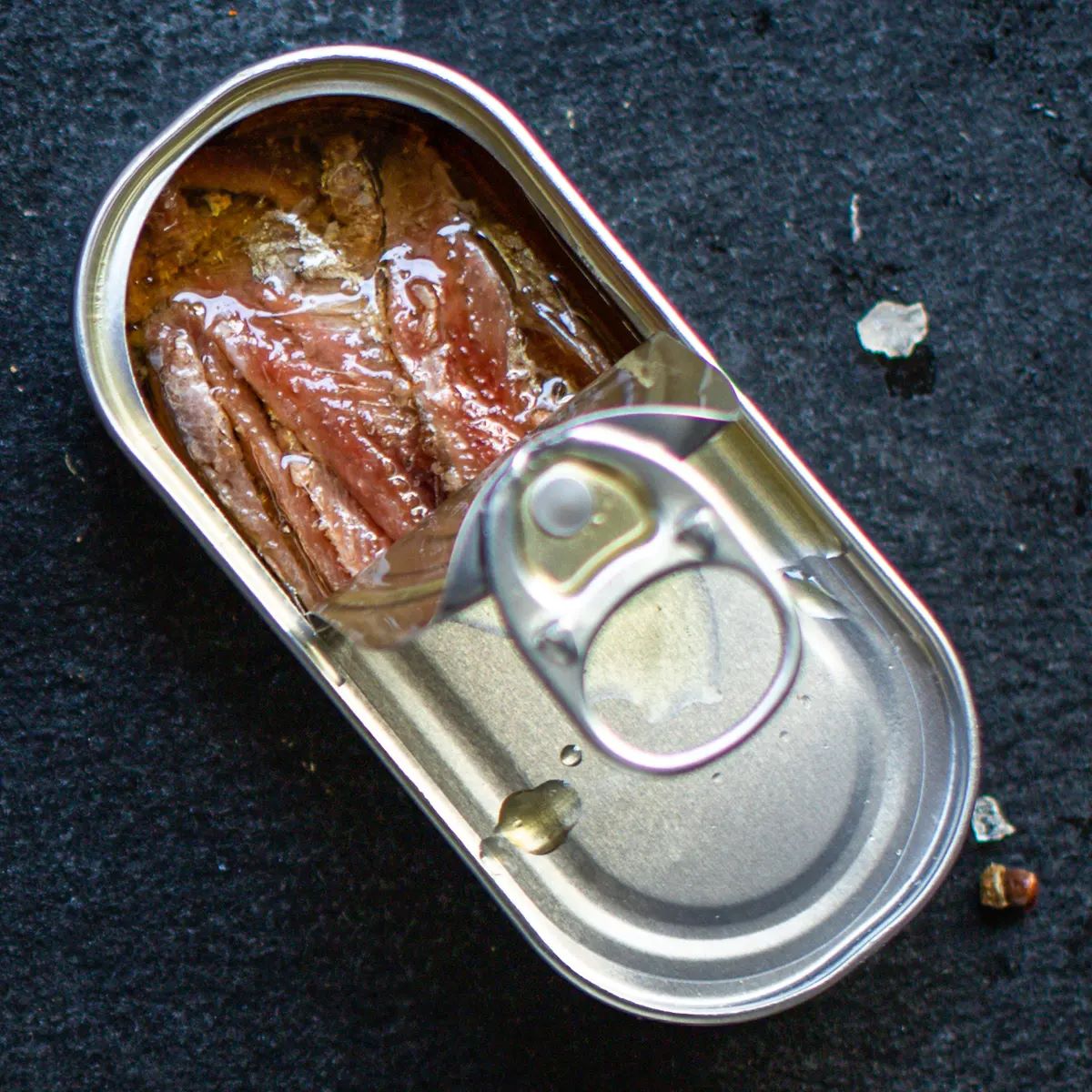

0 thoughts on “How To Store Coconut Milk After Opening The Can”